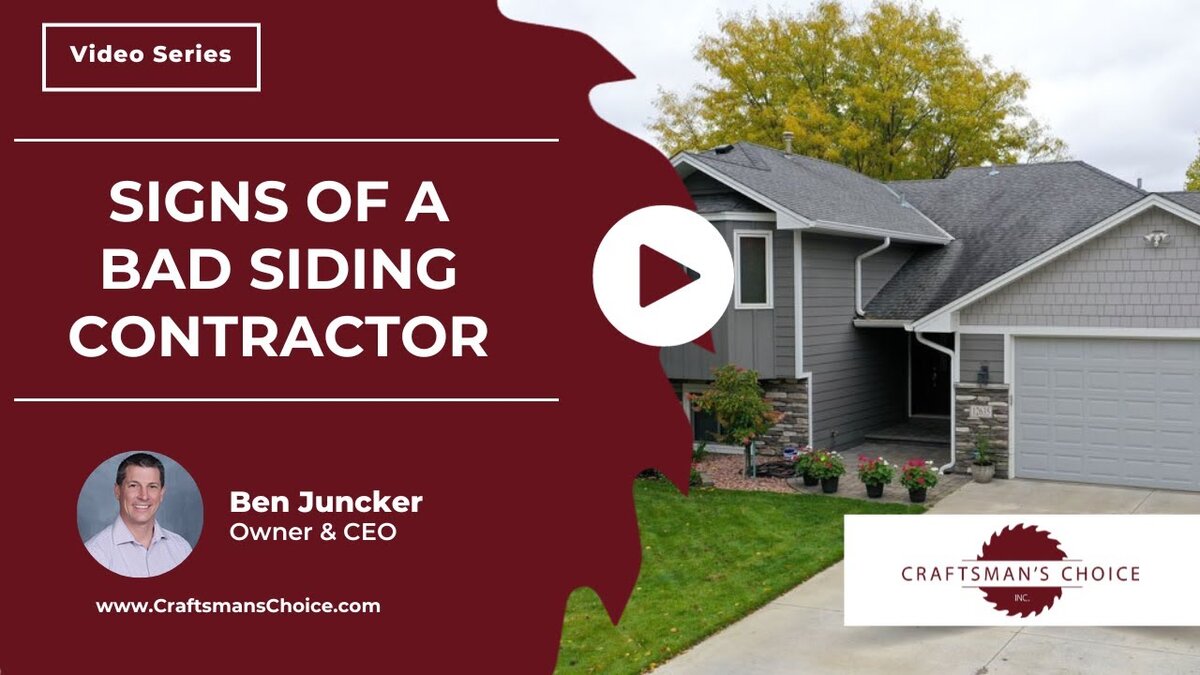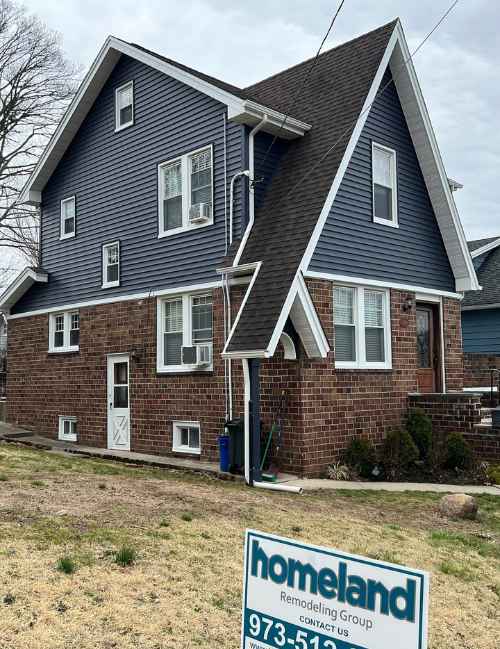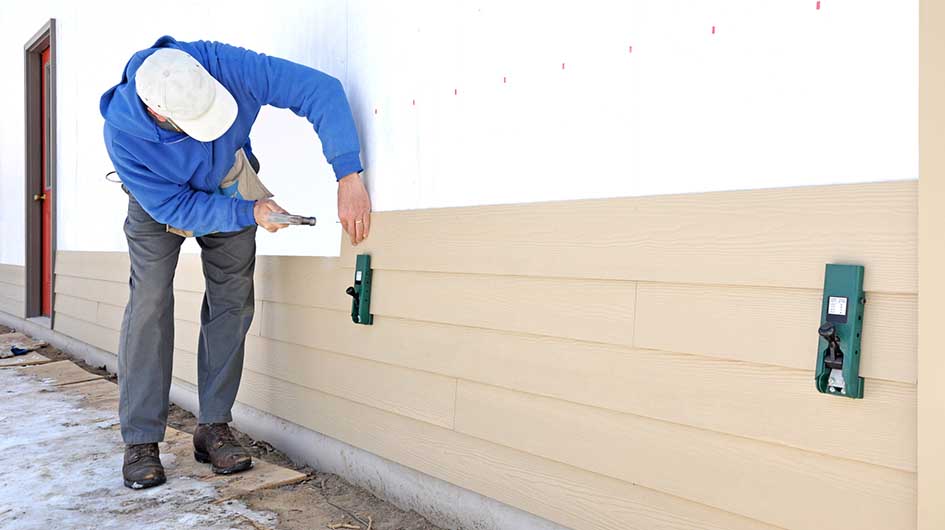Morris Siding Contractor with Years of Expertise in Home Exterior Upgrades
Morris Siding Contractor with Years of Expertise in Home Exterior Upgrades
Blog Article
The Essential Guide to the Numerous Types of House Siding and Their Special Benefits
In the realm of home enhancement, selecting the right exterior siding is a crucial decision that influences both visual appeal and useful efficiency. With so lots of choices to think about, which exterior siding material truly stands out for your specific task?
Timber Home Siding
Wood siding, a popular selection for household outsides, uses an ageless aesthetic that combines natural beauty with structural stability. This exterior siding material is readily available in numerous designs, consisting of clapboard, roof shingles, and board-and-batten, enabling property owners to customize their façade to match their style preferences. Wood siding is usually crafted from resilient species such as cedar, redwood, or want, which are understood for their durability and capability to endure environmental stress factors.
Among the main benefits of wood house siding is its superb insulation homes, which can contribute to energy effectiveness and reduced home heating expenses. Additionally, timber exterior siding is naturally degradable, making it an eco-friendly choice when sourced sustainably. Normal upkeep, consisting of painting or discoloration, can prolong its life-span and enhance its appearance, permitting house owners to maintain the natural appeal of the timber.
Nevertheless, possible drawbacks include sensitivity to insects, rot, and climate damage, requiring ample treatment and upkeep - morris siding contractor. In spite of these concerns, when appropriately looked after, wood siding can supply a stunning and sturdy service that boosts the personality of a home while providing a cozy, welcoming ambience

Vinyl Siding
Vinyl siding has actually become a leading selection for house owners seeking a low-maintenance outside option that integrates sturdiness and affordability. This flexible material is crafted from polyvinyl chloride (PVC), making it resistant to numerous weather, including dampness and UV rays. Therefore, plastic exterior siding does not warp, rot, or discolor, ensuring resilient aesthetic charm.
Among the primary advantages of vinyl home siding is its extensive series of shades and styles, enabling home owners to achieve the preferred appearance for their property without the need for constant repainting. Additionally, vinyl home siding is very easy to install, which can substantially reduce labor expenses throughout construction or restoration tasks.
Vinyl home siding additionally adds to power performance. Many choices feature insulation support, which boosts thermal performance, aiding to keep comfy indoor temperature levels and potentially lowering energy bills. Furthermore, its smooth surface facilitates easy cleaning, needing only regular washing with a garden pipe to eliminate dust and particles.
Fiber Concrete House Siding
Fiber cement siding has acquired traction among building contractors and home owners alike as a result of its exceptional combination of durability and visual convenience. Made up of a blend of cement, sand, and cellulose fibers, this house siding alternative is crafted to endure extreme weather, including high winds, hefty rainfall, and temperature fluctuations, making it a long-lasting selection for property exteriors.

Among the main advantages of fiber cement siding is its resistance to bugs, such as termites, and its non-combustible nature, offering enhanced fire safety and security. morris siding contractor. Furthermore, it is available in a vast range of textures, designs, and colors, enabling homeowners to accomplish their desired aesthetic without sacrificing performance
An additional advantage is its low upkeep needs; fiber concrete home siding usually calls for painting or discoloration every 5-10 years, which is much less frequent than various other materials. Its durability contributes to a reduced general price of possession, as it reduces the need for frequent repair work or replacements.
Eventually, fiber concrete house siding stands for an excellent investment for those seeking a resilient, attractive, and versatile exterior option, combining both form and function to improve the home's aesthetic allure.
Metal Exterior Siding
The appeal of steel siding hinges on its durable longevity and modern aesthetic allure, making it a popular choice for contemporary design. Offered in materials such as aluminum and steel, steel house siding supplies an array of coatings and shades, allowing house owners to attain a personalized appearance that complements their design vision.

Power performance is an additional substantial benefit, as many metal siding products are designed with insulation options that help control indoor temperature levels. This can bring about lowered energy expenses gradually. Additionally, metal exterior siding is typically recyclable, making it an eco pleasant selection for sustainability-minded home owners.
The installation procedure for metal house siding can be relatively simple, resulting in a quicker turnaround time for building and construction tasks. On the whole, steel home siding combines functionality and design, making it a functional choice for those seeking a enduring and aesthetically enticing exterior finish.
Block and Stone Siding
Block and stone siding stands out as a classic option that enhances the visual charm of any home. Understood for their sturdiness and low upkeep, these materials give a remarkable roi while raising the building's visual appeal. Readily available in various shades, textures, and patterns, block and stone can be tailored to suit varied architectural designs, from conventional to modern-day.
One of the key benefits of brick and rock siding is their energy performance. Both products possess natural protecting homes that aid regulate indoor temperatures, possibly lowering heating & cooling expenses. Furthermore, they supply superior fire resistance compared to other home siding alternatives, adding to enhanced safety.
One more benefit is their More Help durability. Block and rock can last for years, frequently needing very little maintenance past periodic cleansing. Unlike timber siding, they are unsusceptible insects and rot, guaranteeing a resilient exterior that withstands the elements.
Conclusion
In summary, the selection of exterior siding substantially influences a home's visual charm, power performance, visit this page and upkeep demands. Each kind of house siding-- whether wood, plastic, fiber concrete, block, or steel and stone-- supplies unique advantages tailored to numerous home owner choices and ecological conditions. Understanding these alternatives enables informed choices that boost both the durability and aesthetic beauty of property exteriors. Ultimately, picking the ideal exterior siding is vital for achieving an equilibrium between functionality and layout in domestic architecture.
One of the key benefits of wood siding is its outstanding insulation homes, which can add to energy effectiveness and reduced heating expenses. In addition, wood house siding is naturally degradable, making it an environmentally friendly alternative when sourced sustainably.One of the key benefits of metal house siding is its resistance to various environmental aspects.Power effectiveness is an additional significant advantage, as lots of steel siding products are made with insulation options that aid control interior temperature levels. Each type of exterior siding-- whether wood, plastic, fiber cement, brick, or metal and stone-- offers distinct benefits useful content tailored to different home owner choices and ecological problems.
Report this page